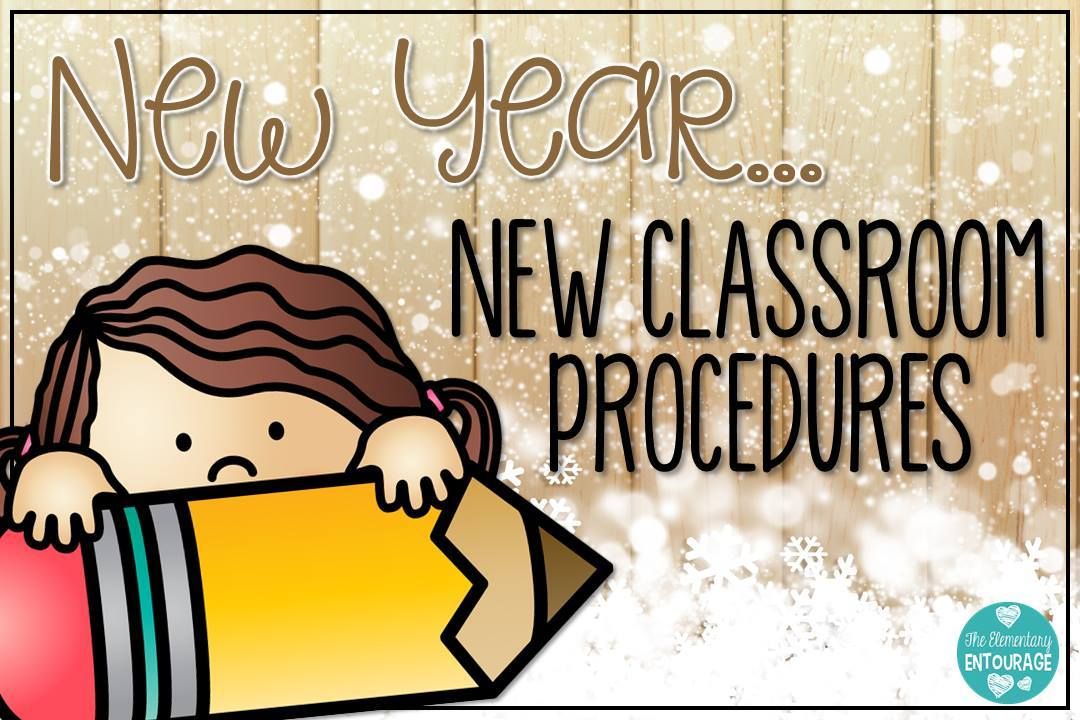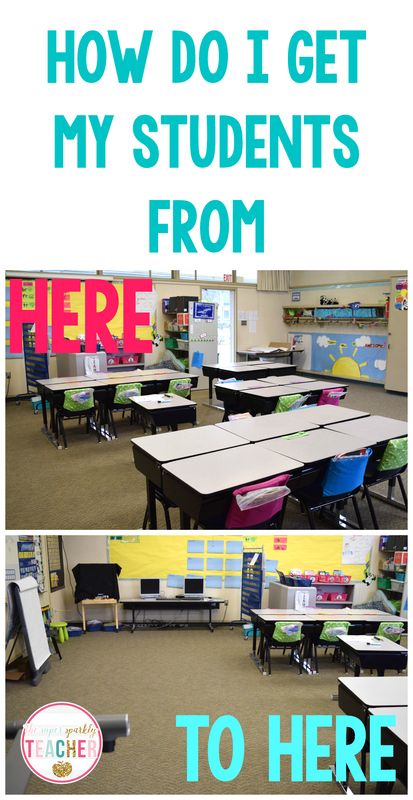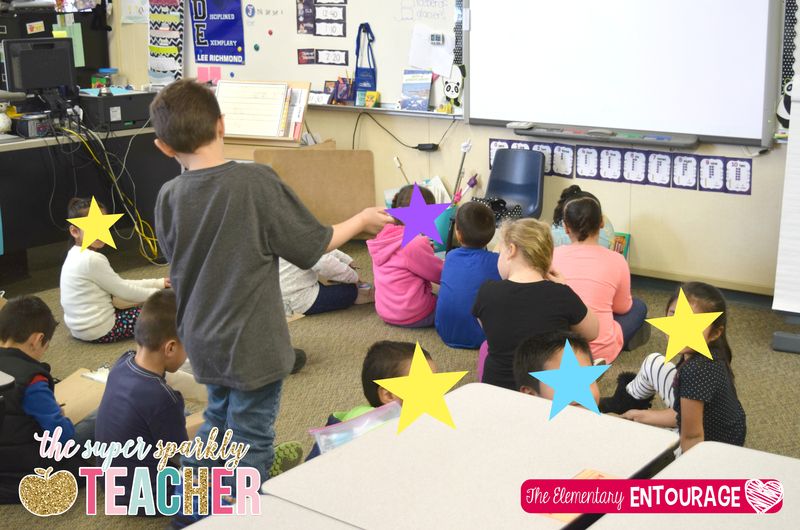About
60% of our second grade day is spent in small group instruction. Although this
teaching approach is highly targeted and differentiated, it is also intense to
plan and deliver. Over the past few years, I have evolved from a teacher who
hated small group instruction to one who fully embraces its undeniable
benefits.
The driving force behind my growth is organization and the
development of unique small group instruction management routines. The tricks
below have helped make the management aspect of small group instruction
more...manageable. But first, here is a peek at the two small group instruction areas in my second grade classroom:
Our reading aide meets with small groups four days a week in at the reading table. During their time with her, students are currently participating in scaffolded literature circles. Each day, they read a chapter, work on their Guided Reading Journal (filled with reading response activities that give them practice with reading concepts they have mastered), and then participate in a guided literature circle discussion and activity. These are the supplies my students use at the reading table.
I meet with small groups in our Mini Lesson Zone. I don't mind sitting on the floor and the kids love it so we sit side by side during our reading conferences, use the table if there's anything we need to write down, and refer to our mini lesson notes/posters on our easel. Anyone who's waiting for their turn to meet one on one with me reads at one of the placemats so they can quickly join me when it's time.
My small group instruction is more like individualized instruction, therefore students are required to bring their own book bins and journals.
Whiteboard markers, highlighters, and pencils are provided so students don't waste transition time gathering these supplies.
Okay, now that you have an idea of where small group instruction takes place in my second grade classroom, here are the details on how I keep our small group instruction time running smoothly. I’ve set these details up as solutions to common small group instruction problems or roadblocks.
Problem:
My students do not transition quickly during small group instruction.
Solution:
PowerPoint Transition Slide Deck
Use
PowerPoint to create visual reminders for students. Saving these reminder
slides on your computer and displaying them specificlly during the
instructional time they are needed reduces the need for posters and clip charts
that are only used for a short time during your school day.
I use
this slide deck during Daily 5 and have a similar deck for Math Workshop. It is
my absolute favorite classroom management tool. The deck is filled with slides that are connected by a series of timed transitions and
sounds effects that signal when it is time for a brain break or for a new round
of Daily 5 to begin. At the start of Daily 5, I simply click play and the slide
deck keeps track of time, makes peaceful noises that signal when it’s time to
transition (so much better than having to say it...the less we talk...the
better), gives a visual countdown, and shows who should be working in the small
group areas. I’m not going to lie, creating this originally took me more
time than I’d like to admit...but now that
the templates are created, it takes
less than five minutes to change small groups based on assessment results.
Problem:
I work on different activities during small group instruction time each day and
my students forget what they are supposed to bring to the small group area.
Solution: Visual Reminder Posters
Post a sign that informs students which activity they will work on each day,
the supplies they need for that activity, and what they should do while they
are waiting for their instruction to begin. Once again...save your voice for
the important stuff...the less you have to use it for silly verbal reminders,
the less likely you are to sound like the teacher from the Peanuts cartoon.
I hang
these signs on the whiteboard behind me near our mini lesson zone because each
time my students meet with me, they need different supplies.
- Their
own Word Pocket (for Words Their Way instruction on Monday)
- Their
personalized book collection (for reading conferences on Tuesday, Wednesday)
- Their personal Word Collector’s Notebook (for collecting words in context and
their weekly mini assessment on Thursday, Friday).
In
honor of this blog post, I created a sign for the reading table where my aide
hosts her small group instruction. This sign is simply a reminder that students
should work in their Guided Reading Journal while they wait for other students
to finish their reading in preparation for their group reading response
activity. She uses guided reading books and literature circle books so students
don’t need to bring anything with them when they visit her.
Problem:
My system of using bins to store supplies for reading groups isn’t working.
Solution: Get smart with your classroom furniture.
Find furniture that reduces classroom clutter and keeps you organized. This
5 Bin Storage Tower from The Container Store is an easy way to keep supplies
together for your reading groups without having to deal with overflowing bins
that create visual noise in your classroom. Each day, you can gather the
supplies for the small groups you will be instructing and tuck everything out
of sight once small group time is over.
In my
classroom, this tower is used solely by my reading aide. To keep our storage
tower optimally organized, I added a
group label to each bin and have each
group’s literature circle books and Guided Reading Journals inside. I keep
student work out of folders because it removes an extra step when I need to
quickly assess student work. If work is tucked inside a folder, I tend to
forget about it…#teachertruth.
I would love to
hear from you about any additional roadblocks you may be facing during your
small group instruction time. Please also share your unique solutions to the
roadblocks mentioned above. Can’t wait to hear from you!




















































